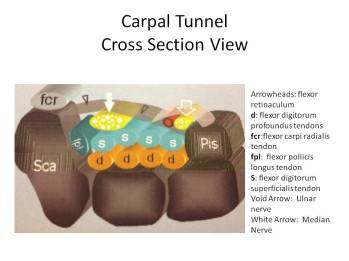At the Centeno-Schultz Clinic we acknowledge that heel pain can be disabling.
Plantar fasciitis is the most common cause of heel pain and is caused by the inflammation of the plantar fascia at its insertion on the medial process of the calcaneus ( heel bone). The plantar fascia is the thick connective tissue which supports the arch on the bottom of the foot. It runs from heel bone (calcaneus) forward to the heads of the metatarsal bones. Repetitive microtrauma of the plantar fascia due to alterations in foot bio mechanics is thought to be major pathology.
 Intense sharp heel pain with the first couple of steps in the morning is a common presentation. Other diagnostic considerations include:
Intense sharp heel pain with the first couple of steps in the morning is a common presentation. Other diagnostic considerations include:
- Achilles tendon injuries
Lumbar radiculopathy
- Calcaneal stress fracture
- Calcaneal Bursitis
- Contusions
- Tarsal Tunnel Syndrome
In-0ffice MSK ultrasound at the Centeno-Schultz Clinic allows for radiation free method of visualizing the plantar fascia and diagnosing plantar fasciitis.
Treatment options for those who have not responded to rest and conservative therapy include IMS, ultrasound guided prolotherapy, PRP and percutaneous needle tenotomy. The latter is a non surgical procedure where under ultrasound guidance a small needle is placed into the fascia and small holes are created. A recent study by Vohra demonstrated greater than 80% improvement in 41 patients with chronic plantar fasciitis who underwent percutaneous needle tenotomy. The ultrasound image below shows a needle directed into the plantar fascia in a patient with severe plantar fasciitis.











